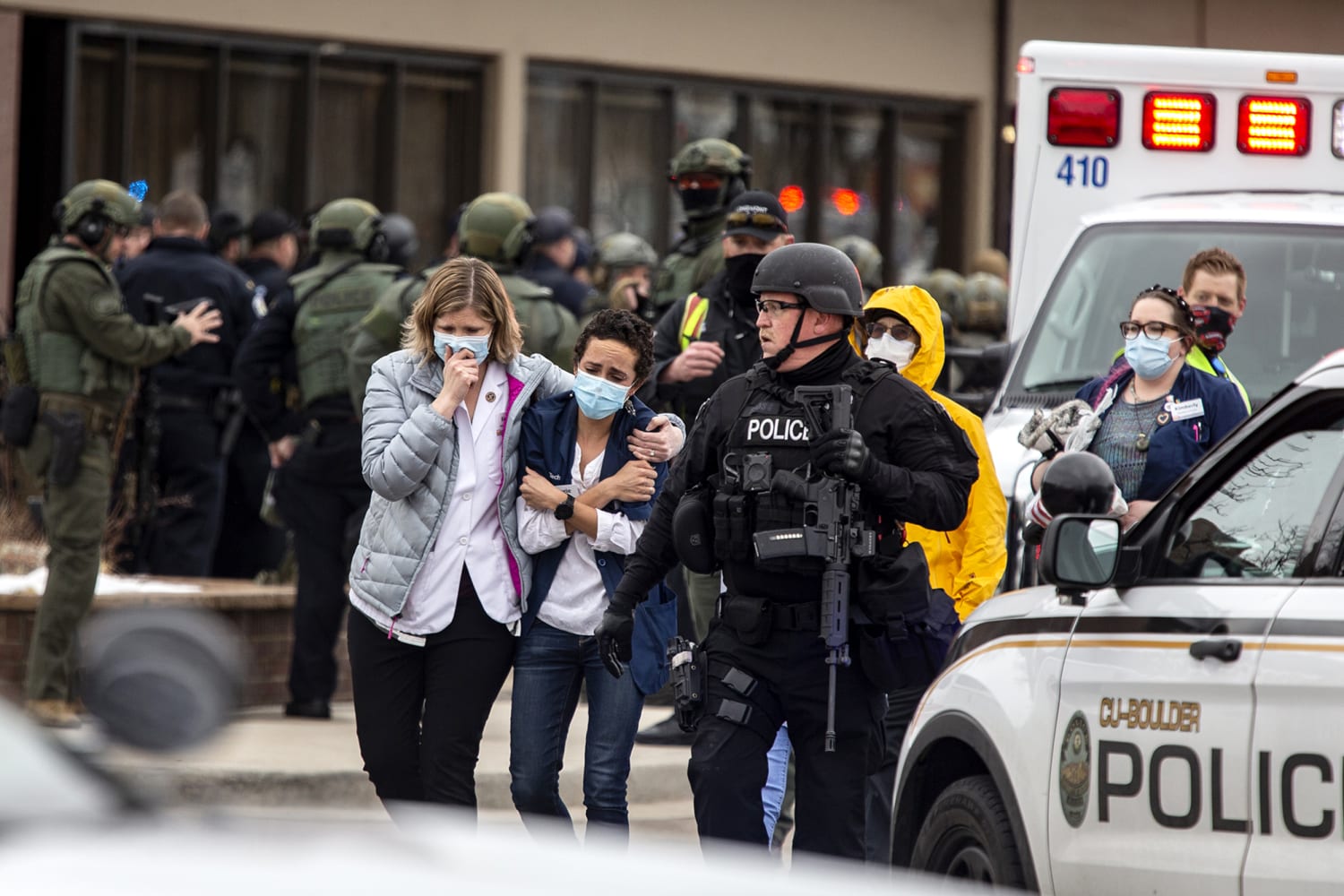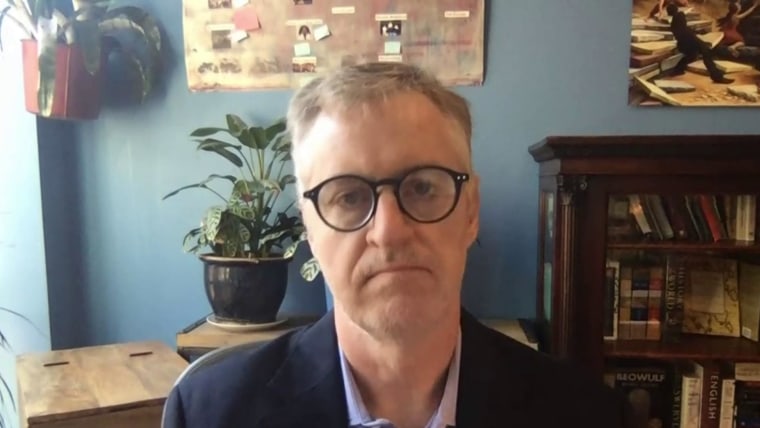March of 2020 will forever be remembered as the month the World Health Organization’s director-general officially declared that Covid-19 was a global pandemic. But as a mass shooting researcher, I will remember it as the month mass shootings stopped.
This narrow definition isolates a specific type of shooter — one who plans to kill as many people as possible by controlling the place, the guns, the time and the ammunition.
Americans watched in horror as an unknown virus without a cure turned cities like Los Angeles and New York City into ghost towns. Meanwhile, countries around the globe closed their borders while businesses and schools sent billions of people home to wait out the pandemic. Because Americans were disproportionately affected by the novel coronavirus, we depended on the media to alert us to new outbreaks and how to stay safe. Potential mass shooters were likely as captivated by this news as you and I.
The FBI’s Behavioral Analysis Unit defines classic mass shootings as four or more gun fatalities in a public setting. This narrow definition isolates a specific type of shooter — one who plans to kill as many people as possible by controlling the place, the guns, the time and the ammunition. This shooter is also often very concerned with how the media covers other mass shooters and how the media will cover his (and it’s almost always his) crime. We know this because mass shooters often communicate their fame-seeking fantasies and desire for media attention in letters left behind, online and in interrogations.
Mass shooters even refer to other mass shooters. Some researchers have linked media coverage to massacres, others posit that “media” itself is the contagion. What’s clear is that even though less than one percent of all gun deaths are caused by a mass shooting, coverage of such dramatic events can lead to imitation.
The media and mass shooters must co-exist; journalists must cover mass shootings because they are newsworthy. On the other hand, how we describe mass shootings is powerful. The way a story is told can mislead audiences, distort perceptions and contribute to stereotypes about things like mental illness. It is rare for a mass shooter to be delusional, for example. Rather, mass murderers are usually men with substance misuse problems who perceive themselves as being unjustly treated, are rigid, obsessive, self-involved, narcissistic and suspicious. This type of hateful predator craves attention and wants to be famous.
So it is not a coincidence that after years of increases, mass shooters stopped killing while the Covid-19 outbreaks rolled throughout America. This doesn’t mean that gun violence went away during the pandemic — in fact, shooting deaths reached record highs in 2020. But the high-profile, high-casualty mass shootings — like the Dayton entertainment district and the El Paso Walmart shooting that occurred within a 24 hour time period — seemed to fade away. So where did they go?
For one thing, the public has a short attention span. We seem to be able to pay attention to the leading two or three stories, and that’s it. So there may not have been room for mass shooting discussions.
The public has a short attention span. We seem to be able to pay attention to the leading two or three stories, and that’s it.
On March 16, 2020, a mass shooting in Missouri killed five, including the gunman. But then the world shut down due to Covid-19. This focus left room for maybe one to two other topics. But any remaining attention was more than monopolized by the frenzied coverage of former President Donald Trump, as well as the massive protests following the murder of George Floyd. The Capitol riot in January was a rather fitting capstone.
On March 16, 2021, exactly one year later, an angry white man embarked on a killing spree in Atlanta, targeting massage parlors. Six days later, another mass shooting occurred at a Boulder grocery store; nine days later there was a shooting at an Orange, Calif., office complex. Within two weeks, a gunman opened fire at a FedEx warehouse in Indianapolis.
Covid-19 is not gone, of course (and neither, technically, is Trump), but both are no longer the only storylines Americans care about. And with the return of mass shootings returns the question that plagued America before the pandemic. How do we prevent these utterly horrific scenes from repeating?
On the policy front, we must once again take up the most promising gun reform initiatives, such as universal background checks, red flag orders and the prohibition of assault weapons and large capacity magazines.
But on the societal and cultural front, we need to re-evaluate — perhaps permanently — how we talk about sensational violence. This must start with journalists, who need to stick to the facts and not glorify or sensationalize. Agreeing on editorial standards, like refraining from using the perpetrator’s name and not speculating about how events in the shooter’s life may have contributed to the event, will help as well. Humanize the victims, not the perpetrator. Let’s not give these murderers the one thing so many of them want — to be famous.
Source: | This article originally belongs to Nbcnews.com











